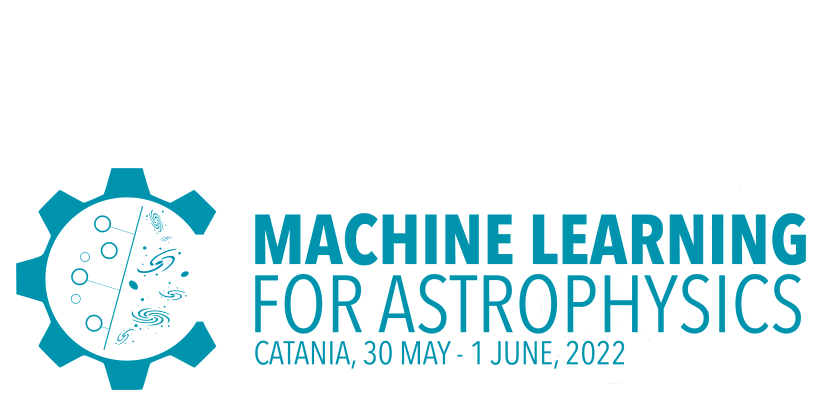Speaker
Description
Observations of young stars are essential to developing our understanding of planet formation. Many young stars are found together in well-studied groups, clusters and associations. We aim to identify new candidate young stars, not necessarily in well-studied associations, which may otherwise be missed. While most studies use stellar colors to find young stars, we measure the variability characteristics of known young stars, and compare them to other stars using an algorithm we constructed to group similar objects together based on their lightcurves. In the algorithm we use the Lomb-Scargle periodogram to convert the data into the frequency domain. We then apply machine learning techniques from the scikit-learn library - Principal Component Analysis (PCA) and T-distributed Stochastic Neighbor Embedding (TSNE) - to create a metric to help identify groups of similar stars. We make use of two multi-sector datasets: the Cluster Difference Imaging Photometric Survey (CDIPS) and the Transiting Exoplanet Survey Satellite (TESS) main survey. With the help of UCI’s High Performance Community Computing Cluster (HPC), we present a preliminary analysis of several sectors of data from TESS.
| Main Topic | Image segmentation, object detection and classification |
|---|---|
| Participation mode | Remote |

